Melbourne’s train vandals cop a spray over graffiti
VANDALS are leaving an annual clean-up bill of more than $10 million across Melbourne’s rail network. But authorities are cracking down on bold graffiti gangs — and using their own tagging videos against them.
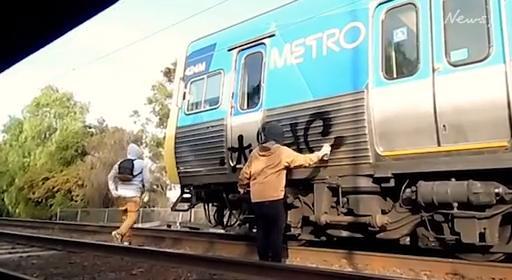
Law & Order
Don't miss out on the headlines from Law & Order. Followed categories will be added to My News.
GRAFFITI and vandalism incidents cause an average of 49 delays a month across Melbourne’s rail network.
But authorities are cracking down — the Herald Sun can reveal that 113 people have been charged with graffiti offences in the past three years.
Vandals still leave an annual clean-up bill of more than $10 million across the network.
A total of 135 people have been fined and another 139 people cautioned as part of Operation Deep Clean, launched in 2015.
CRACKDOWN ON OUR MOST WANTED TRAIN VANDALS
ARRESTS OVER MELBOURNE TRAIN GRAFFITI ATTACKS
GRAFFITIED GATEWAY TO MELBOURNE’S SPORTING PRECINCT
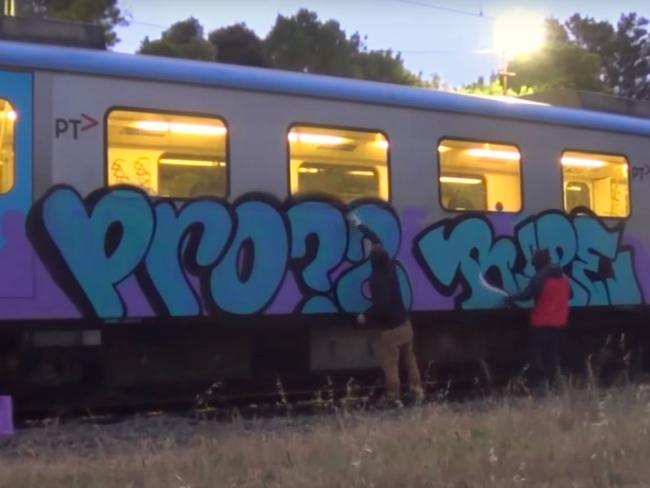
Each month, Metro staff have to remove 1500 graffiti tags from stations, 1400 from inside trains and 75 from train exteriors.
Footage of prolific graffiti gangs marking trains across Melbourne has emerged online. But police and Metro officers are monitoring known offenders and hot spots.
Extra resources have been added to “break the back” of the graffiti gangs.
Authorities are focusing on the organised gangs rather than youngsters performing random acts of vandalism.
Metro and Victoria Police have worked to reduce the number of graffiti and vandalism incidents causing delay.
The average number of incidents causing delays to services has fallen from 66 a month in 2017 to 49 a month so far this year.
People from overseas who travel to Australia on “spray-cations” are also on the radar.
In 2015, German backpacker Peter Lorenzen appeared in court in Melbourne accused of vandalising 10 Metro trains.
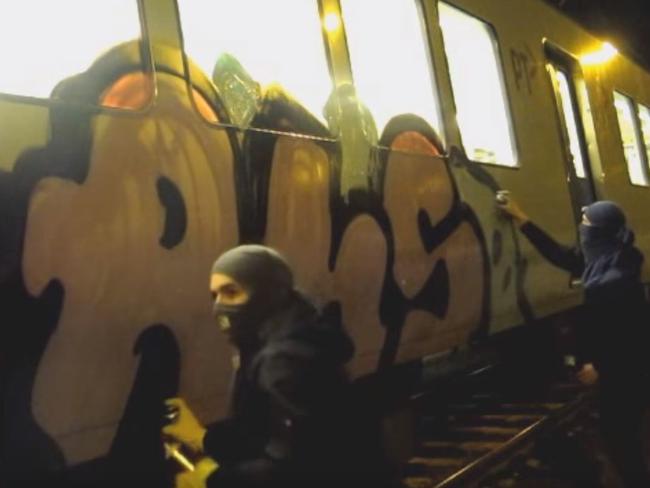
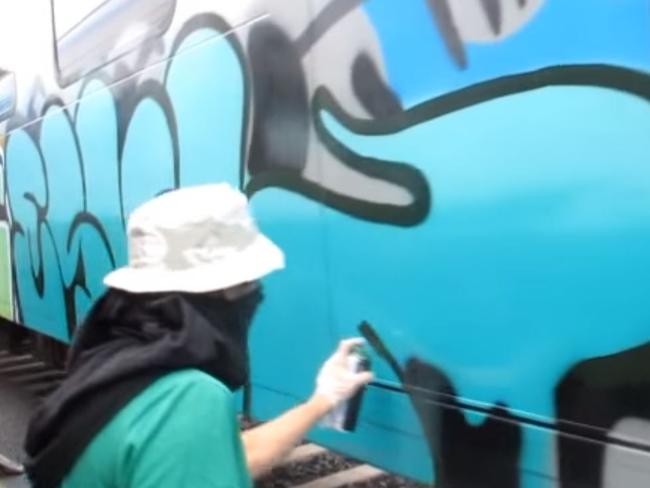
He allegedly sprayed graffiti — often “QMS” or “QMS crew” — on moving and stationary trains around the city.
Superintendent Alison Boyes said police worked with Metro to use the network’s extensive CCTV system, which boasts thousands of cameras, to track all offenders.
The stations most commonly targeted are on the Werribee, Frankston, Craigieburn and Upfield lines, and in the City Loop.
Anthony Fewster, Metro’s general manager for safety and security, said more than 60 graffiti removal specialists were now employed.
Supt Boyes said: “Victoria Police works alongside interstate and international police and our public transport partners to detect, investigate and prosecute vandals.
“The Transit Safety Division has officers based in different areas of the state, who police local train lines, bus and tram routes and transport hubs in uniform and plain clothes at all times of the day and night.”
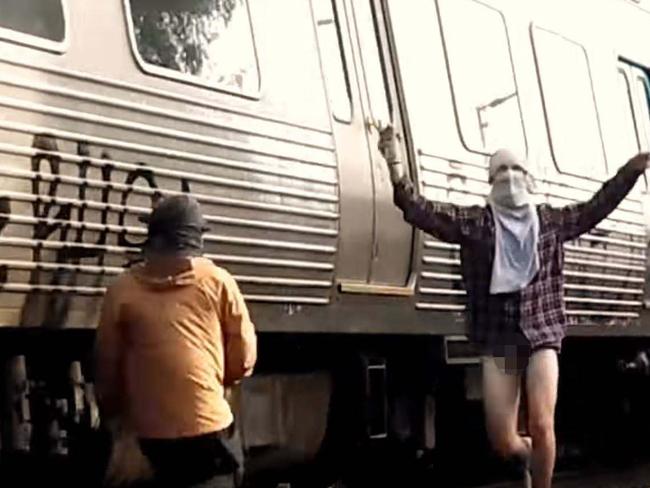
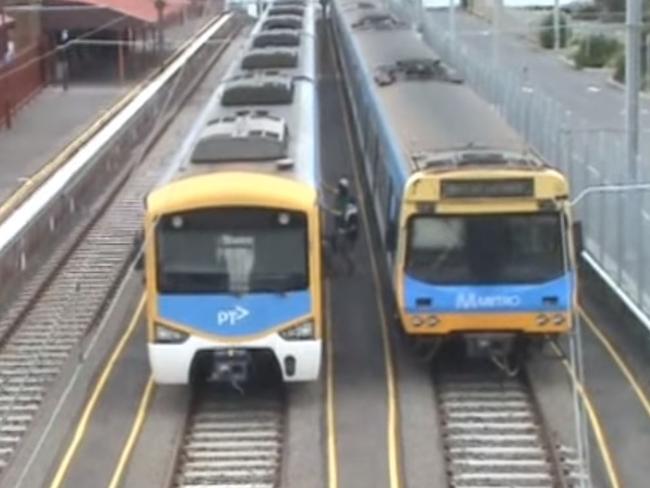
Metro’s clean-up teams work to have any train sprayed with graffiti back in service within one day. Up to 12,000m sq of graffiti is removed from train stations and structures each month.
Metro’s security and surveillance team tracks vandals on the network, cataloguing every tag and providing intelligence and CCTV to police.
When vandals are prosecuted, Metro seeks costs from them in court, to cover the clean-up bill.
Mr Fewster said: “We spend more than $10 million cleaning graffiti every year — money better spent improving the network and delivering a better service for passengers.
“These criminals aren’t just gambling with their lives — they’re putting our staff and passengers in danger and causing disruptions.
“Every train they deface is one less train available to passengers. We work closely with police to bring vandals to justice and we have a dedicated team that investigates every incident. Anyone who witnesses this behaviour should call police or alert our staff immediately,” he said.
MAKE VANDALS CLEAN UP THEIR OWN VILE MESS
